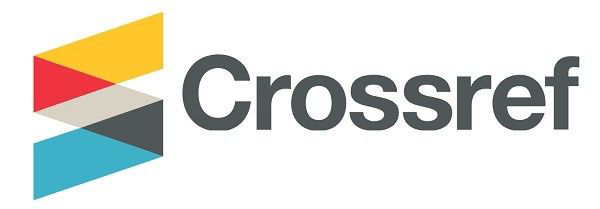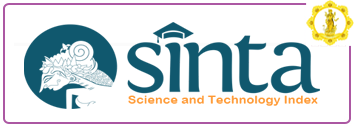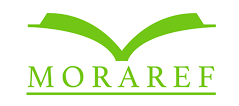RESPON PESERTA DIDIK TERHADAP PENERAPAN METODE DISKUSI BERBANTU GOOGLE CLASSROOM (Studi Kasus SD Fajar Harapan)
DOI:
https://doi.org/10.25078/jpm.v8i02.1085Keywords:
Student Response, Discussion Methods, Google ClassroomAbstract
Following the Presidential Decree Number 12, 2020, the minister of education and culture of the Republic of Indonesia issued Circular Number 4, 2020 concerning the implementation of educational policies in the emergency period of the spread of Coronavirus Desiase (Covid-19) which instructed several things, one of which is the learning process carried out from home online or remotely. Google Classroom can be used to create and manage classes in a simple way, which makes this feature chosen by many educators to accommodate their learning. Based on preliminary observations on Hindu religious education and Character in grade IV SD Fajar Harapan leads to the discussion method, where students read the material provided by the educator then continue with a discussion in the message column available on the Google Classroom feature and occasionally use Google Meet. The purpose of this study was to determine the responsse of students to the discussion method applied in the Google Classroom in Hindu religious education learning and character. This study uses a questionnaire with Google Form in retrieving student impression data on the Google Classroom assisted lecture method. The questionnaire as a data collection method and a way of scoring on the questionnaire uses the linkert scale model. The responsse of grade IV students to the application of the Google Classroom-assisted discussion method in learning Hindu Religion and Character Education is of sufficient value based on the linkert scale table. This sufficient value is in the range of 42.8% which is in sufficient criteria which leads to weak criteria so that this method needs to be developed in order to increase the responsse and effectiveness of student learning in Hindu Religion and Character Education subjects.
Downloads
References
Alfiana, Maulina. 2016. baitas Metode Talking Stick dalam Pembelajaran Kosakata Bahasa Jepang dengan Media Flash Card pada Siswa Kelas X SMA Negeri 1 Sumberejo Bojonegoro. Malang: Skripsi Universitas Brawijaya.
Ariputra, I Putu Suyasa, dkk. 2019. The Effectiveness Of Free Laptop Distribution For The Students Of Elementary School In Badung Regency (Case Study Sd 6 Dalung). Vidyottama Sanatana, Vol. 3.
Baharuddin. 2009. Pendidikan & Psikologi Perkembangan. Jogjakarta: Ar-Ruzz.
Devitt, M. & Hanley, R. 2006. The Blackwell Guide to the Philosophy of Language. USA: Blackwell Publishing Ltd.
Dunn, William N. 2000. Pengantar Analisis Kebijakan Publik. Yogyakarta: Gadjah Mada University Press.
Muamanah, Hidayatul, dan Suyadi. 2020. “Pelaksanaan Teori Belajar Bermakna David Ausubel Dalam Pembelajaran Pendidikan Agama Islam”. Belajea: Jurnal Pendidikan Islam, Vol. 5, No. 01.
Prasetyo, Teguh. 2013. Efektivitas Metode Ceramah Plus dengan Media Interaktif Dalam Pembelajaran Bahasa Jepang di SMA Kesatrian 2 Semarang. Semarang: Skripsi Universitas Negeri Semarang.
Purwanto. 2014. Evaluasi Hasil Belajar. Yogyakarta: Pustaka Pelajar.
Ridwan. 2011. Skala Pengukuran Variable Penelitian. Bandung: Alfabeta.
Sani, Ridwan Abdullah. 2014. Inovasi Pembelajaran. Jakarta: Bumi Aksara.
Sugiyono. 2014. Metode penelitian kuantitatif dan R&D. Bandung: Alfabeta.
Utami, Rini. 2019. “Analisis Respons Maha peserta didik terhadap Penggunaan Google Classroom pada Mata Kuliah Psikologi Pembelajaran Matematika”. PRISMA, Prosiding Seminar Nasional Matematika, Vol. 2 (498-5020.
Wahyono, Teguh. 2009. Model analisis statistik. Jakarta: PT Elex Media Komputindo.









